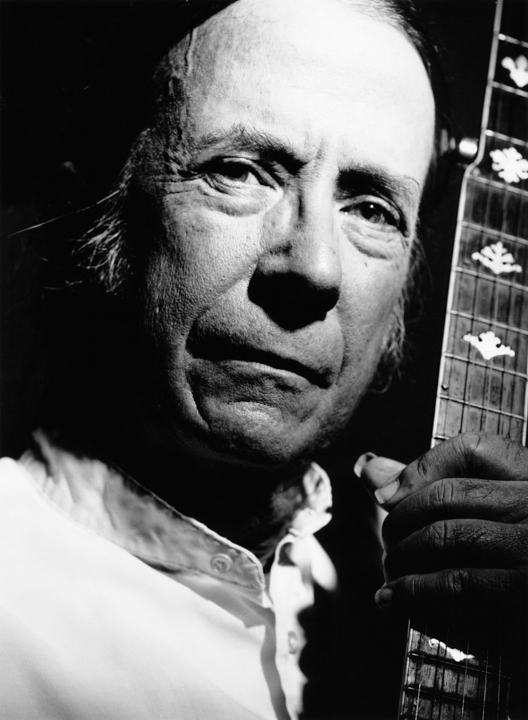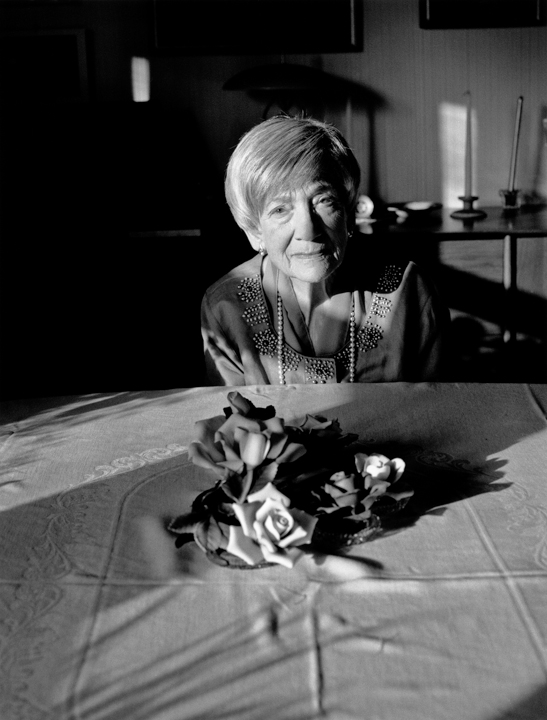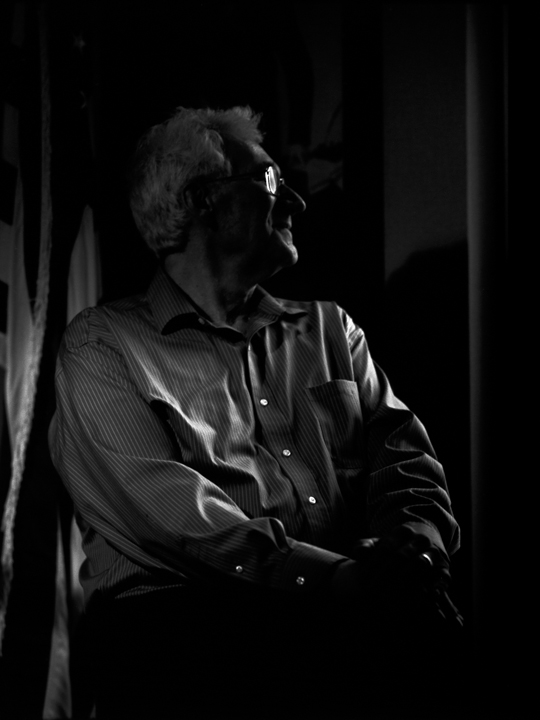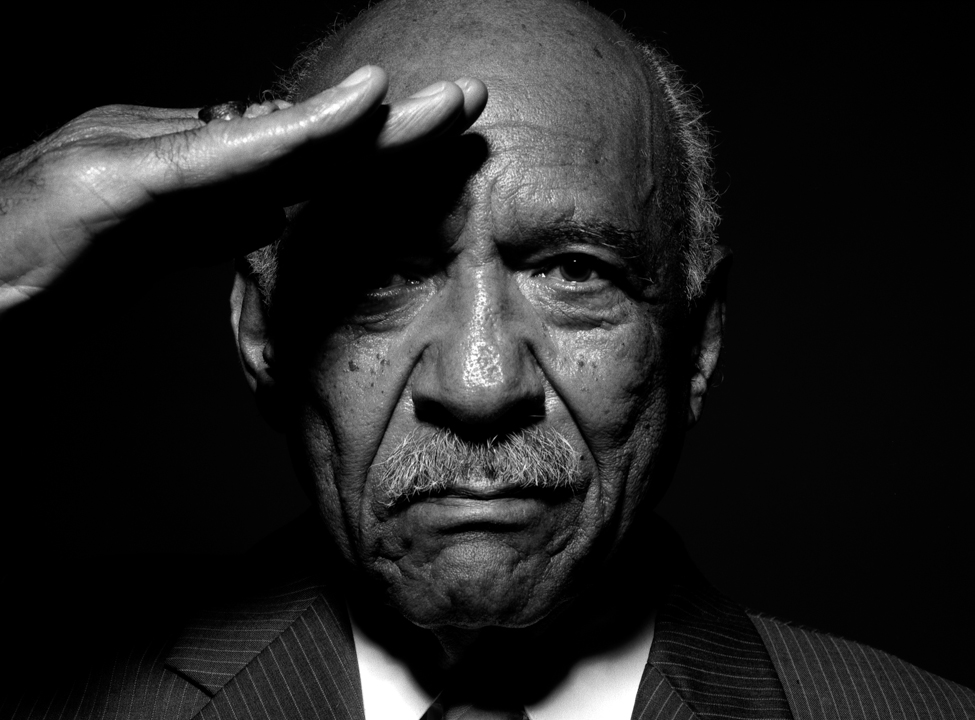





PROTESTERS 2010
Obituaries
Many that took part in this project have since passed away.
Guillaume's "Protesters" documents civil rights activism through black and white silverprint portraits, creating a visual narrative that bridges past and present struggles for racial equity. His work focuses on the transformative story of the Engman Public Natatorium, which opened in 1922 as South Bend's first public swimming pool but operated under strict racial exclusion for fourteen years until the South Bend Chapter of the NAACP and community leaders began challenging discriminatory policies in 1931, ultimately achieving integration in 1950. Commissioned during the 2010 dedication of the Indiana University South Bend Civil Rights Heritage Center, Guillaume photographed local civil rights leaders who participated in South Bend's racial transitions, using silver gelatin prints that merge documentary methods with artistic composition. The former Natatorium now houses this installation alongside permanent exhibitions, having been transformed from a site of exclusion into a center for education and social change.